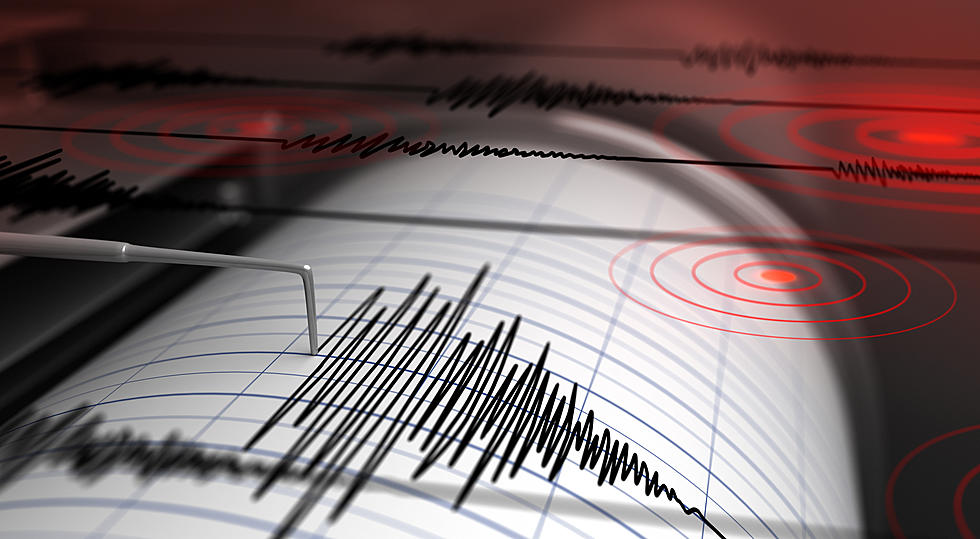
USGS: Coldwater Is the Most Earthquake-Prone Spot in Michigan
Earthquakes are something we rarely have to worry about in Michigan and no place in the state is at a particularly elevated risk for a shaking. Certainly nothing like California, Alaska or the mid-continent New Madrid Fault.
But there is one location in Michigan's Lower Peninsula that is more susceptible than anywhere else in the state for an earthquake and it's in Branch County near Coldwater.
The United States Geologic Survey (USGS) recently held an annual awareness event called the Great Shakeout.
As part of that event, the USGS publicized a map, first produced in 2018, that detailed over a 50 year period the areas of the county most likely to see an earthquake.
All of northern Michigan is in the grey or least likely zone. In fact, the Upper Peninsula had never seen any kind of seismic event until the odd 2010 Menominee Crack was discovered.
The rest of Lower Michigan, call it Grand Haven to Port Huron, is in the 2nd least likely zone. However, notice that small sliver of green just north of the Michigan/Indiana/Ohio tripoint slanting westward. That is the only part of the state in the next elevated risk level. 2nd to least-likely to see an earthquake, but still a more elevated risk than the rest of Michigan.
See the rest of the map and scale here.
Southern portions of the state do see the very rare, mild quake like Kalamazoo experienced in 2015.
It was that 2015 earthquake, centered near Scotts in southern Kalamazoo County that lead to the discovery of a previously unknown fault in this part of Michigan.
The Coldwater Daily-Reporter reports that the Branch County seat is home to the state's most intense quake in recorded history.
That Coldwater quake, likey from the same fault line as the 2015 tremor
happened on Aug. 10, 1947, hitting 4.60 on the Richter scale. That quake damaged chimneys, broke windows and plaster, and downed a number of brick cornices.
While you shouldn't expect a large shake, do expect a 'feel-able' quake somewhere around Coldwater in the next 50 years.
[h/t KRRY]
Any earthquake in Michigan would likely result in little damage other than lame memes that would pop up in your social media feed. But they, like other natural disasters, can cause significant disruptions to life and property like these events:


![3.2 Magnitude Earthquake Felt in Southeast Michigan [VIDEOS]](http://townsquare.media/site/87/files/2020/08/Earthquake.jpg?w=980&q=75)